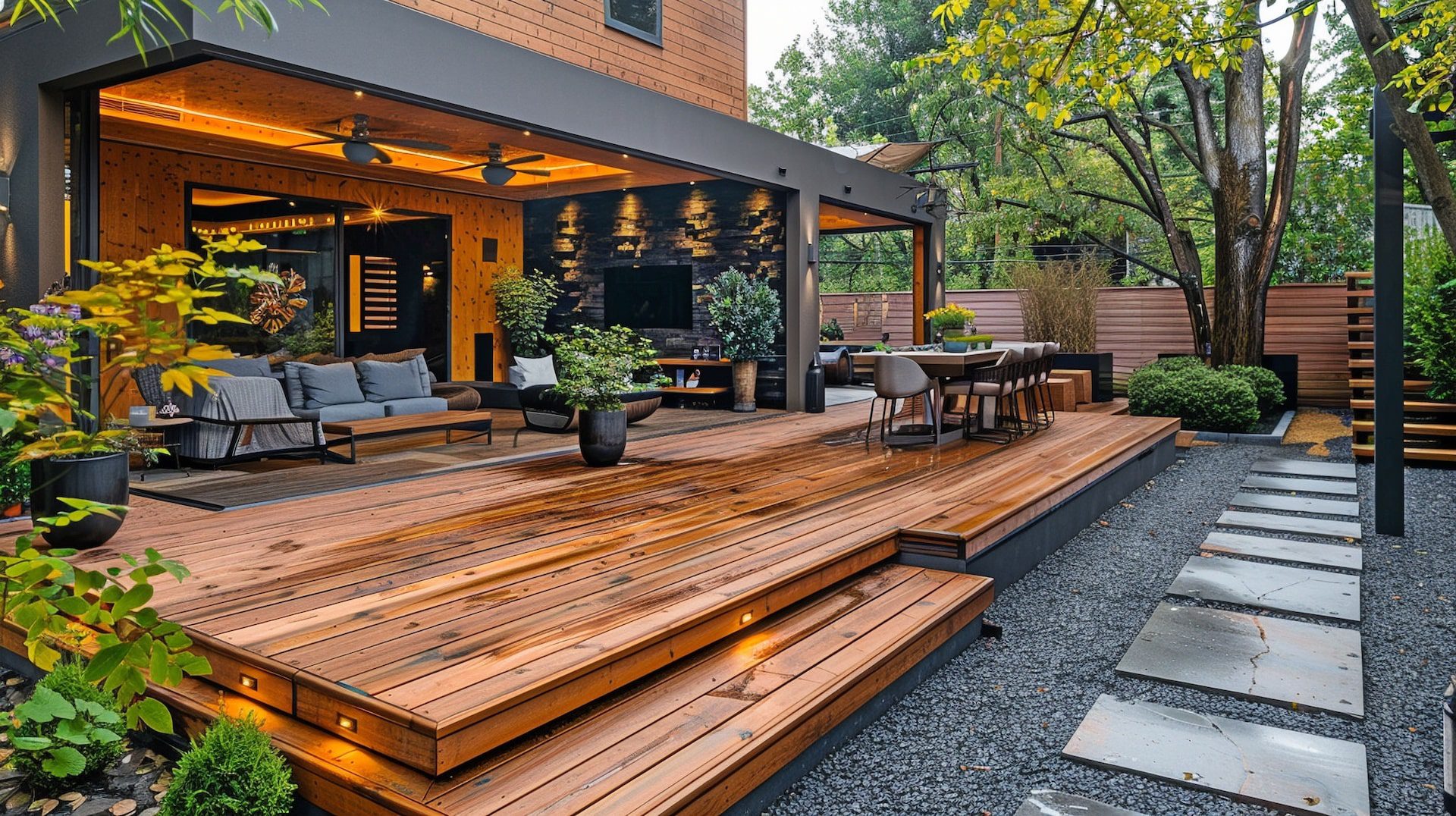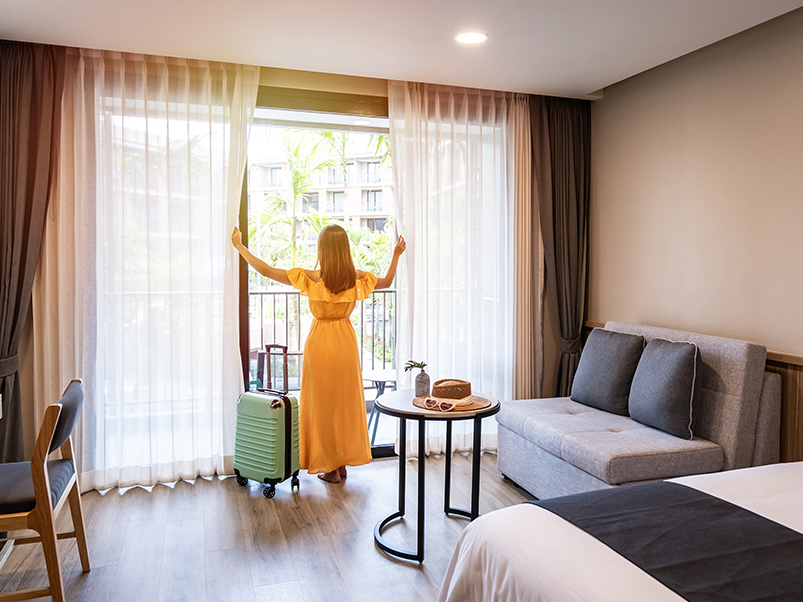
Choosing a senior living community is one of the most significant decisions for an aging adult and their family. In Canada, this journey is unique, shaped by a diverse range of options, varying provincial regulations, and a strong cultural emphasis on dignity and independence.
Beyond the common perception of nursing homes, the Canadian senior living landscape is a vibrant and evolving sector offering a spectrum of lifestyle choices, from active retirement communities to highly specialized care.
Understanding Your Options: The Continuum of Care
The Canadian senior living model is built on a "continuum of care," a system that allows residents to transition between different levels of support as their needs evolve, often within the same community. This provides a sense of security and continuity.
- Independent Living (IL): This is for active, healthy seniors who want a maintenance-free lifestyle with the benefits of a community. It often includes private apartments, shared amenities like dining halls and recreational facilities, and light housekeeping. Residents maintain full autonomy but enjoy peace of mind knowing assistance is available if needed.
- Assisted Living (AL): Ideal for seniors who need some help with daily activities. Assisted living communities provide support with tasks such as bathing, dressing, medication management, and mobility. Staff are available 24/7, and the focus is on personal care in a residential setting.
- Memory Care: A specialized and secure environment designed for individuals living with Alzheimer's disease or other forms of dementia. These communities have staff with specific training to manage cognitive and behavioural challenges and provide a structured, safe routine to enhance the resident's quality of life.
- Long-Term Care (LTC): Also known as nursing homes, these facilities are for seniors with complex medical needs who require 24/7 professional nursing care. In Canada, long-term care homes are a mix of publicly and privately owned facilities, but the care costs are heavily subsidized by provincial governments for eligible residents.
The Financial Picture: Navigating Costs and Funding
The cost of senior living in Canada varies significantly by province, location, and the level of care required.
- Independent and Assisted Living: These are generally funded through a private monthly fee that can range from $1,600 to over $7,000+ per month, with the average being around $3,000 to $4,000. The fee often covers accommodation, meals, housekeeping, and social activities. Additional fees may apply for personal care services, phone, internet, or cable.
- Long-Term Care (LTC): While the medical care in LTC is publicly funded, residents are responsible for paying a co-payment for room and board. This is a set rate determined by each province and is typically much lower than private assisted living. Subsidies are available for low-income seniors who cannot afford the basic accommodation fee.
Funding and Subsidies:
- Provincial Programs: Every province and territory has its own regulations and funding programs for senior care. For instance, in Ontario, the Ministry of Long-Term Care licenses and regulates long-term care homes, while in other provinces like British Columbia and Alberta, the health authority oversees them.
- Federal Benefits: Programs like the Old Age Security (OAS) and Guaranteed Income Supplement (GIS) can provide crucial financial support to seniors, which can be used to help cover living expenses.
- Home Care: Many provinces also offer subsidies or tax credits for seniors who choose to "age in place" and receive care in their own homes.
Key Factors to Consider When Choosing a Community
Selecting the right senior living option is a deeply personal decision that should be based on a thorough assessment of needs and a clear understanding of the community.
- Level of Care: Be realistic about your current and future health needs. A community with a continuum of care can be a great option, as it allows you to stay in a familiar environment even if your health declines.
- Location: Proximity to family and friends is a major factor. A convenient location makes visits easier and helps a senior maintain social connections and a sense of belonging.
- Reputation and Staff: Research the facility's reputation, read reviews, and ask for details on the resident-to-staff ratio. A personal visit is crucial for observing the environment, cleanliness, and how staff interact with residents.
- Amenities and Activities: Look for programs that support physical, mental, and social well-being. This can include fitness classes, art workshops, social clubs, and outings.
Trends Shaping the Future of Senior Living in Canada
- Aging in Place: Many Canadians want to stay in their own homes for as long as possible. This has led to a rise in in-home care services and home modification programs.
- Technology Integration: The industry is increasingly adopting technology like fall detection sensors, telehealth services, and smart home automation to enhance safety and well-being.
- Lifestyle-Focused Communities: Modern retirement homes are moving away from an institutional model and focusing on a more active, resort-like lifestyle with a wide range of amenities.
In conclusion, senior living in Canada offers a dignified and supportive path for aging adults. By understanding the available options, preparing for the financial aspects, and carefully evaluating your choices, you can find a community that not only meets your needs but also provides a sense of purpose and belonging for this next exciting chapter of your life.
Related Suggestions:
- Talk to a Financial Advisor: A professional can help you evaluate your assets, retirement funds, and government benefits to create a solid financial plan for senior living.
- Contact Your Provincial Health Authority: The provincial health ministries or health authorities are the best resources for information on subsidized long-term care, eligibility, and waiting lists.
- Visit Multiple Communities: Always schedule in-person tours and try to visit at different times of the day to get a true feel for the atmosphere.



